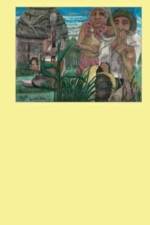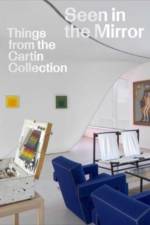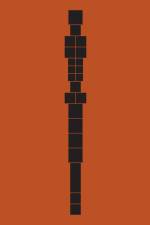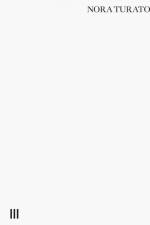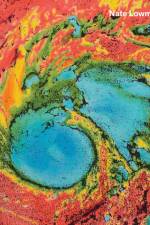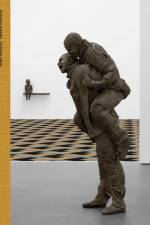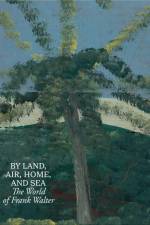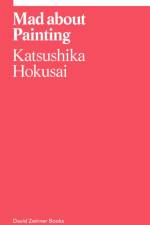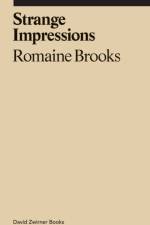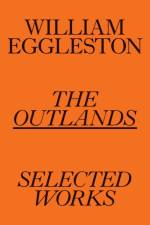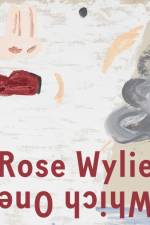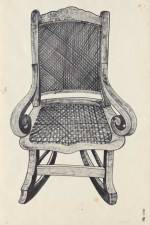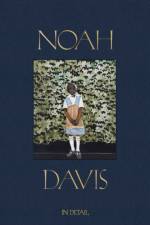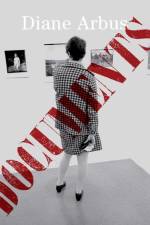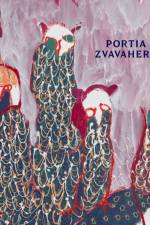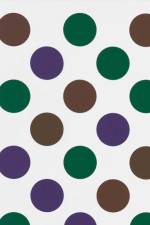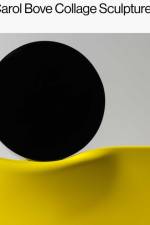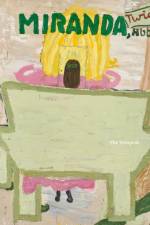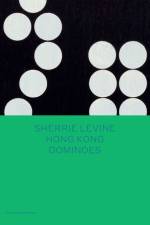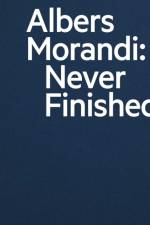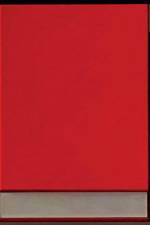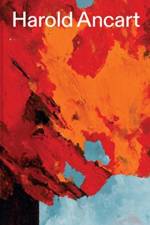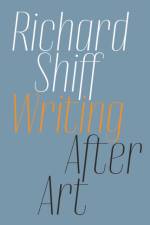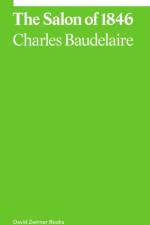- Essays on Modern and Contemporary Artists
av Richard Shiff
515
A broad and deep anthology of critic and art historian Richard Shiff's most influential writings, which have shaped our understanding of twentieth- and twenty-first-century art.In his engaging and often strikingly deep observations of major modern and contemporary visual art, Shiff has written about an impressive range of artists, including Willem de Kooning, Marlene Dumas, Jasper Johns, Donald Judd, Barnett Newman, Pablo Picasso, and Bridget Riley. A leading scholar and powerful voice, Shiff's insight into some of the most prominent artistic practices spans generation, place, and approach as seen in this considered selection of essays on twenty-six artists. These writings first appeared in exhibition catalogues for retrospectives at galleries and institutions including the Centre Georges Pompidou, the Solomon R. Guggenheim Museum, The Museum of Modern Art, and Tate Modern. Shiff supplements his unquestionable fluency in art history with insights cultivated from his readings in philosophy, phenomenology, literary theory, and psychoanalysis, among other fields. Shiff's writing-conceptually rich, meditative, and enjoyable to read-is attuned to the nuances of artistic style and technique, drawing out art's social implications not merely from broad histories but also directly from artists' mark making and technical gestures. Actively engaged as a viewer and a writer, Shiff has transformed the act of looking at art into contemplative and captivating writing. Includes essays on Georg Baselitz, Mark Bradford, Georges Braque, Jim Campbell, Chuck Close, Willem de Kooning, Peter Doig, Marlene Dumas, Dan Flavin, Suzan Frecon, Lucian Freud, Ellen Gallagher, Jasper Johns, Donald Judd, Ellsworth Kelly, Brice Marden, Julie Mehretu, Barnett Newman, Pablo Picasso, Bridget Riley, Richard Serra, Joel Shapiro, Richard Tuttle, Cy Twombly, Jack Whitten, and Zeng Fanzhi.

